- Mahsa S. Y.
- information
- 719 views
- 0 comments
In addition to the Indigenous civilizations, there are many cultures in Canada for two reasons: First, European colonization (Britain and France); second, the fact that Canada welcomes immigrants from all over the world. Here is a brief but complete overview of multiculturalism in Canada, including Indigenous people, European Settler Cultures, Cultures of Immigrants, etc., and all the aspects, such as Cultural Mosaic, the policy of multiculturalism, challenges, and so on.
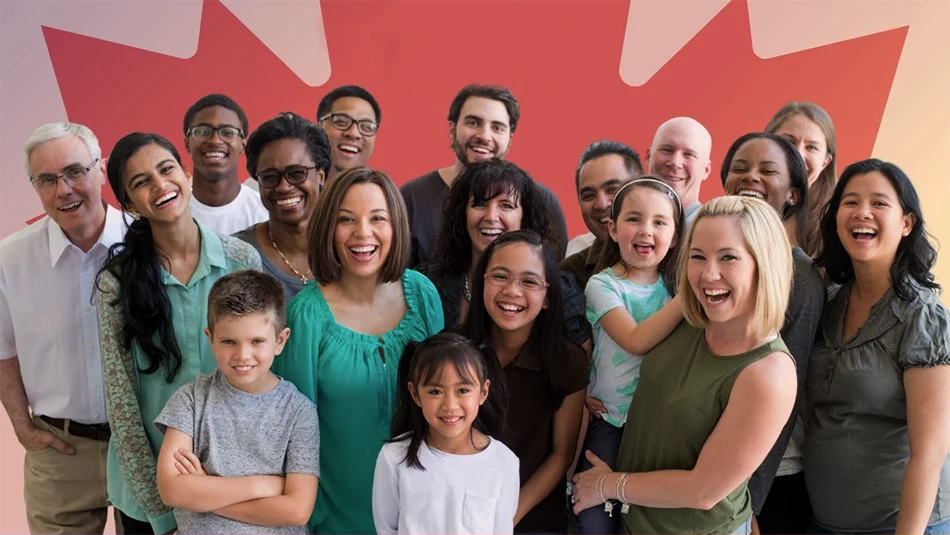
Cultures in Canada
It is challenging to tell the exact number of cultures in Canada. It is because cultural identities are dynamic, and the concept of "culture" itself is fluid, encompassing language, traditions, religion, and ways of life. However, it is possible to investigate them by looking at different historical and demographic influences. Here are the most prominent cultures of Canada, including Indigenous, European, Middle Eastern, Modern-Day cultures, etc., in brief.
Canada Indigenous Cultures
Indigenous people, or Canadian Indians, have a rich culture. Before European colonization, Canada's land was the home of a variety of languages, traditions, and government systems. They mainly include First Nations, Métis, and Inuit. Here is an outlook of each one.
- First Nations: "First Nations people" include Status and non-Status Indians. There are over 630 recognized First Nations groups, each with a different culture and language, including the Haida, Cree, Mi'kmaq, Ojibwe, Iroquoian, Plateau, Pacific Coast, Plains, Woodland First Nations, Western Subarctic (which lived in the boreal forest), and many others.
- Inuit: The word Inuit means "the people" in the Inuit language of Inuktut. Indigenous peoples are from the Arctic regions of Canada and have specific cultures, languages (Inuktitut), and traditions. Inuit Nunangat includes four areas: Inuvialuit (Northwest Territories and Yukon), Nunatsiavut (Labrador), Nunavik (Northern Quebec), and Nunavut.
- Métis: The term Métis refers to the community of people known as the Métis Nation, which originated in the Red River Valley and was organized politically in the 19th century. Descendants of this community are known as the Red River Métis. They are a distinct cultural group that resulted from the intermarriage of European settlers and the First Nations peoples, blending Indigenous and European traditions.
These three are the main Canadian Indigenous cultures, and each one includes some subcategories. As you have seen, the First Nations are the most variable.
European Settler Cultures in Canada
The two main countries that sent their immigrants to Canada to colonize were England and France. Since the arrival of Europeans, Canada's cultural topography has experienced a remarkable expansion. The first permanent European settlers in Canada were from France. Subsequently, people from the United States, Britain, and Ireland also settled in Canada. Additionally, Black people came from the United States to escape enslavement.
- French Canadians: When Britain gained control of New France in 1763, there were an estimated 70,000 French colonists. So, the French were among the first European settlers in Canada, and their cultural influence remains strong, particularly in Quebec, where French is the dominant language.
- British Canadians: The first non-French European settlers arrived from the 13 Colonies. In the 1780s, tens of thousands of Loyalists sought refuge in British North America. After the British took control of Canada in the 18th century, British culture, language, and institutions became dominant, especially in English-speaking provinces.
After these two main countries, people from Continental Europe and China came to the land of Canada.
Cyrus Crafts; Luxury & Unique Products
Cultures of the Immigrants to Canada
Since the 19th and 20th centuries, Canada has experienced waves of immigration from around the world, each bringing unique cultural traditions:
- European Immigrants: Early waves of immigration included large groups of Irish, Scottish, Ukrainian, German, and Italian settlers.
- Asian Immigrants: Significant immigration from China, India, the Philippines, Japan, and other Asian countries began in the 19th century and continues today.
- African, Caribbean, and Latin American Immigrants: In the 20th century, immigration from the Caribbean, Africa, and Latin America contributed to a growing diversity in Canadian society.
- Middle Eastern and South Asian Immigrants: In recent decades, growing numbers of immigrants have come from countries like Syria, Lebanon, Pakistan, and Iran.
Modern-Day Cultural Groups in Canada
Today, over 200 ethnic origins are reported in Canada's census. Canada is home to an array of religious, linguistic, and cultural groups, including:
- Religious Diversity: Canada has a wide range of spiritual traditions, including Christianity, Islam, Hinduism, Sikhism, Buddhism, and Judaism, among others.
- Linguistic Diversity: Over 200 languages are spoken across the country, including Indigenous languages, English, French, Mandarin, Punjabi, Arabic, Tagalog, and Spanish.
Here is a complete review of traditions in Canada and celebrations for whoever is interested in learning more about this multicultural land.
Canada's cultural landscape is vast and continually evolving. Historically, the country was home to hundreds of Indigenous cultures. Over time, it has incorporated European, Asian, African, Caribbean, and Middle Eastern cultures. Today, with over 200 recognized ethnic groups, Canada's cultural diversity is one of its most defining characteristics.
The Cultural Mosaic: A Contrast to the Melting Pot
Canada is often described as a "cultural mosaic" in contrast to the "melting pot" metaphor commonly used for countries like the United States. In a melting pot, different cultures are expected to assimilate into a single, dominant culture. In Canada's cultural mosaic, however, other cultural identities are preserved, and individuals are encouraged to maintain their heritage while contributing to the larger society.
This concept of a cultural mosaic allows for a broader range of expressions and practices, resulting in a vibrant, dynamic social landscape. Whether through art, music, cuisine, or festivals, Canada's diverse population continues to enrich its cultural life.
Canada Multiculturalism
The story of multiculturalism in Canada begins with the First Nations, Métis, and Inuit peoples, who lived on the land long before European settlers arrived. These Indigenous groups, each with their distinct languages, traditions, and governance systems, form the cornerstone of Canada's cultural heritage.
European colonization, which began in the late 15th century, significantly altered the landscape. French and British settlers established their respective colonies, and these two European powers remained dominant for much of Canada's early history. The country's bilingual nature—rooted in English and French-speaking communities—can be traced back to this era. The British North America Act of 1867, which united Canada as a self-governing dominion within the British Empire, set the foundation for the bilingual and bicultural nature of the country.
However, the arrival of immigrants from various parts of Europe, Asia, and later Africa and Latin America reshaped Canada's demographic and cultural landscape. The post-World War II era saw significant changes in immigration policies that opened the doors to people from non-European countries. The shift towards a more inclusive immigration system laid the groundwork for Canada's multicultural identity.
Canadian Multiculturalism Day: Celebrating the Diversity
June 27 is Canadian Multiculturalism Day. One of the most visible ways Canada celebrates its multiculturalism is through festivals, cultural events, and public holidays that reflect its diverse population. From the Caribbean Carnival in Toronto to Chinese New Year celebrations in Vancouver, Canadians come together to celebrate their shared heritage and diversity.
Public institutions also play a crucial role in promoting multiculturalism. Canadian schools incorporate multicultural education, and government initiatives celebrate heritage months for various communities, such as Black History Month, Asian Heritage Month, and Indigenous Peoples Day.
The media, too, plays an essential role in representing Canada's multiculturalism. Multilingual media outlets, diverse news coverage, and representation of various cultures in mainstream entertainment contribute to the inclusivity of Canadian society.
The Policy of Multiculturalism
Canada was one of the first countries to adopt an official policy of multiculturalism. In 1971, under Prime Minister Pierre Trudeau, Canada declared itself a multicultural society, recognizing the coexistence of different cultural groups as a key element of its national identity. The policy aimed to preserve and promote cultural diversity while encouraging participation in national life.
The Multiculturalism Act, passed in 1988, further solidified this policy. It enshrined the principles of equality and inclusion, ensuring that all citizens, regardless of their cultural backgrounds, have equal rights and opportunities. The act also emphasized the importance of respecting and celebrating different cultures, languages, and traditions. Canada's multiculturalism policy is unique in that it moves beyond mere tolerance to the active promotion of diversity as a source of strength.
The Impact of Immigration on Canadian Culture
Immigration has played a significant role in shaping Canada's diverse society. Canada has welcomed people from all over the world, and they have contributed to the country's economy, culture, and diversity. As of 2021, more than 21% of Canadians were born in other countries, making Canada one of the most immigrant-friendly nations globally.
Cities like Toronto, Vancouver, and Montreal showcase Canada's cultural diversity. Toronto, often called the world's most multicultural city, is home to over 250 ethnic groups and more than 170 spoken languages. Neighborhoods such as Chinatown, Little Italy, and Greektown reflect the rich immigrant heritage and the success of Canada's multicultural policies.
Canada has also made significant efforts to help immigrants integrate into the country's social, economic, and political life. Settlement programs, language training, and employment services are available to assist newcomers in adapting to their new environment while preserving their cultural identities.
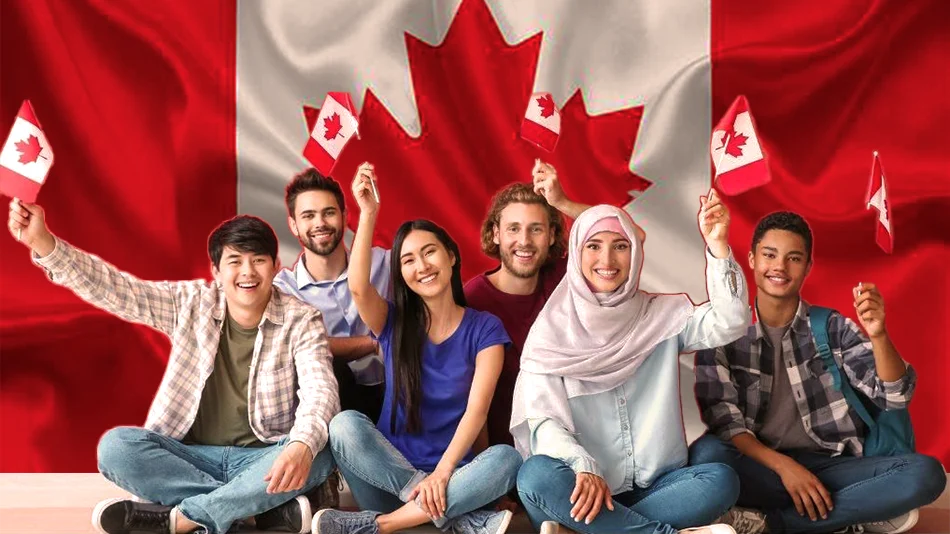
Challenges to Multiculturalism in Canada
Despite Canada's support for multiculturalism, there are still challenges. Problems like systemic racism, discrimination, and social inequality continue. People are debating how to balance protecting cultural identities with keeping society unified.
Some people say that multiculturalism can lead to separation and the creation of cultural groups. Others say it might hide the ongoing unfair treatment of marginalized groups, especially Indigenous people and racial minorities.
Canada needs to keep improving its multicultural policies to deal with these concerns. The goal is to make sure that everyone, no matter their background, can fully take part in Canadian society.
Indigenous Cultures and the Challenge of Reconciliation
Even though multiculturalism has enriched Canada, the country still struggles with its relationship with Indigenous peoples. The legacy of colonialism, including residential schools and the suppression of Indigenous languages and cultures, has caused deep scars. The Truth and Reconciliation Commission (TRC) and its calls to action have brought these issues to the national discourse, leading Canada to consider how it can reconcile its past while creating a more inclusive future.
Efforts to revitalize Indigenous languages, promote cultural traditions, and respect Indigenous governance are ongoing. However, the inclusion of Indigenous perspectives within the broader multicultural framework remains a challenge. Nevertheless, it is an essential part of Canada's commitment to diversity and equality.
An Overview of Canada and Multiculturalism by CyrusCrafts
Canada's multiculturalism is a reflection of its historical evolution and a defining feature of its modern identity. The country's commitment to embracing cultural diversity, while not without its challenges, has allowed it to become a place where people from all backgrounds can live, work, and thrive. As Canada continues to welcome newcomers and celebrate its rich mosaic of cultures, it will remain a global symbol of how multiculturalism can enhance social cohesion, innovation, and national pride.
CyrusCrafts, the international drop shipping company of luxurious and unique products, has offices worldwide, and the main one is located in Toronto, Ontario. Here, thanks to the rainbow of cultures, CyrusCrafts provides a wide variety of one-of-a-kind items, from Persian rugs to handmade accessories. Suppose you are interested in unique items such as homeware, furniture, clothing, or healthy foods. In that case, you only should pick up your desired items and fill out their order forms. Send a message on WhatsApp by clicking the icon you see or leave a comment if you have any questions or ideas.







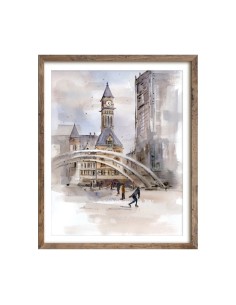


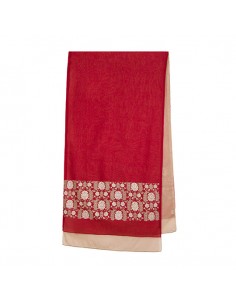
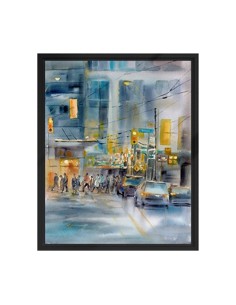



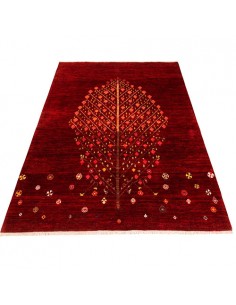

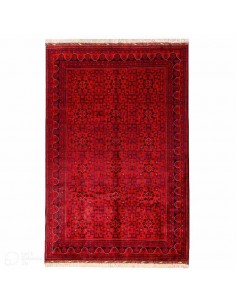

Comments (0)